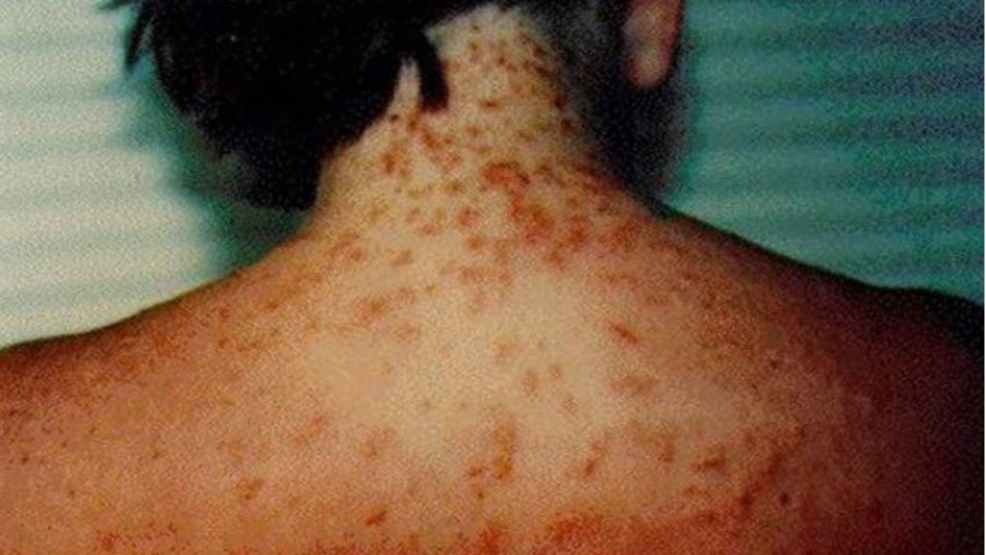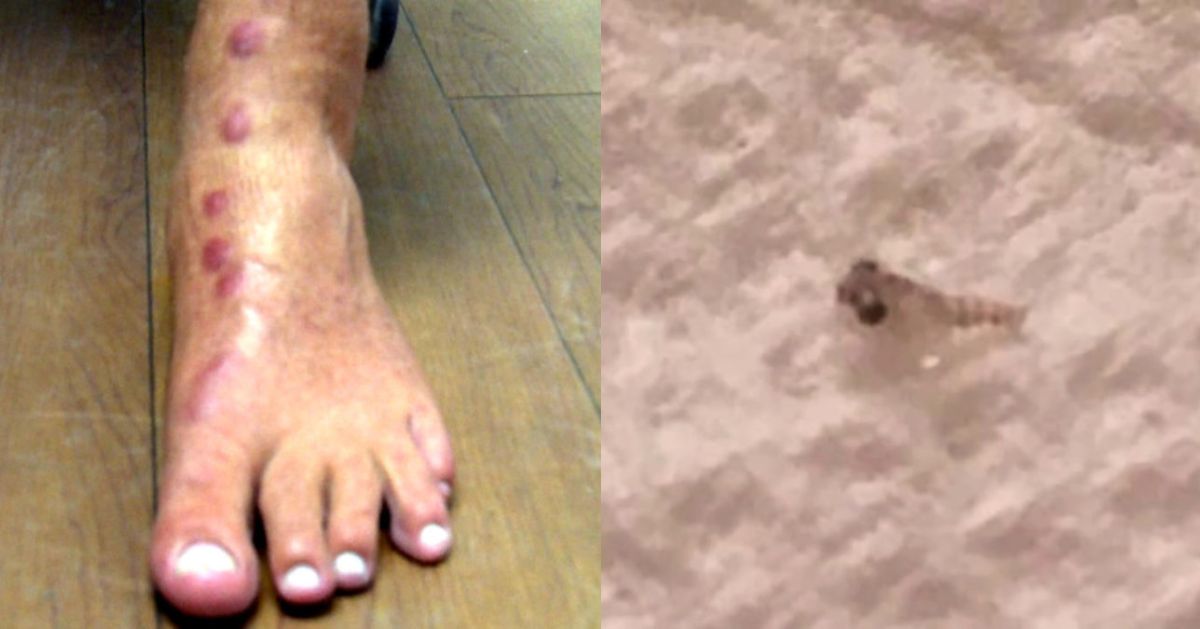One of the best ways to cool off each summer is by heading to the beach. The sand, the sun, the water, it all makes for a great day!
However, one serious pest is keeping swimmers out of the water in Virginia Beach.

That's because lifeguards say they've had many reports of people getting stung by sea lice.
If you've never heard of sea lice, you're not alone. Also known as seabathers or thimble jellyfish, these tiny creatures can cause a rash with itchy and burning bumps, which appears about 24 hours after being exposed to them.
The rash is caused by numerous tiny stings from the jellyfish, which as you can imagine, is not pleasant. You'll feel a "prickling" sensation while you're in the water if you do get attacked by the sea lice.
Beaches that are affected will most likely have signs which risk levels, letting you know if there is an increase in sea lice.
Sea lice aren't venomous, so as long as you go see a doctor soon after coming in contact, you should be fine.
Last year the flesh-eating sea bugs attacked an Australian teen’s legs
This is a relief to 16-year-old Sam Kanizay from Melbourne, Australia, after his feet began pouring blood from just 30 minutes in the water.
Kanizay had just finished playing soccer with his friends when he headed to the beach for a bit of a rest. He lowered his legs into the water to soothe his sore muscles, but 30 minutes later his rest turned into a nightmare.
"I walked out of the water, saw what I thought was sand covering my ankles below my calf, shook it off quite violently, and it came off," he told local news. "By the time I walked across the sand, about 20 meters to put my thongs [flip-flops] on... I looked down and noticed that I had blood all over my ankles and feet."
Kanizay went to get his parents, and they soon realized that the bleeding wasn't about to stop. The family rushed to the hospital, but even doctors were confused. They tried to stop the bleeding multiple times, but it kept flowing from the hundreds of pinhole-size bites on the teen's feet and legs.
Sam's dad, Jarrod, decided to go and figure out what had cause the bleeding in the first place. He returned to where his son was injured and submerged some raw meat into the water. He collected thousands of mites and took video of the creatures.
They were later identified as sea lice, and due to their anti-coagulation properties, Sam's body couldn't stop his feet from bleeding.
Richard Reina, an associate professor at Monash University's School of Biological Sciences says these tiny creatures aren't to be feared.
"It's a bit like if you allowed hundreds of mosquitoes to keep feeding on your arm for half an hour -- you'd get an extreme reaction then too, but it's not something that people normally do," Reina wrote.
